Network-attached storage (NAS) often has finite resources without much wiggle room to upgrade internal parts. This is especially so with prebuilt enclosures from brands such as Synology and Asustor. That said, there are some ways you can improve the performance of the NAS without spending too much money. Before switching to a mostly DIY home lab setup, I made the most of my NAS enclosures through a few different ways, getting as much from each model as possible before outright replacing them.
4 Updated the NAS
Running the latest software
Before we physically touch the NAS enclosure, we must be running the latest operating system version, which can affect performance. Newer software releases can include bug fixes, improvements, and new features that can change the way your NAS performs, so it's a good idea to leave automatic OS updates enabled or at least regularly check for new updates. The same goes for all your apps, Docker containers, and other software running on the NAS.
3 Upgraded the RAM
Run more on the same server
The first step in improving the performance of a NAS enclosure is to upgrade or expand the system memory installed. Faster RAM may be out of the question since most companies tend to max out the speed of memory inside the enclosure up to what the CPU used can support, but it may sometimes be possible to use higher speed memory. I would check the specifications of your CPU on the manufacturer's website to see what speeds you can use.
The next option is increasing the capacity, which is what I did on all my NAS enclosures. It's cheap, easy, and immediately noticeable when running a few apps and services, or running a few transfer tasks with different clients. The entire system will feel snappier, and everything should load slightly faster with more memory to work with. Unused RAM is wasted RAM, so this may only be warranted if you find yourself running into issues with high RAM usage.
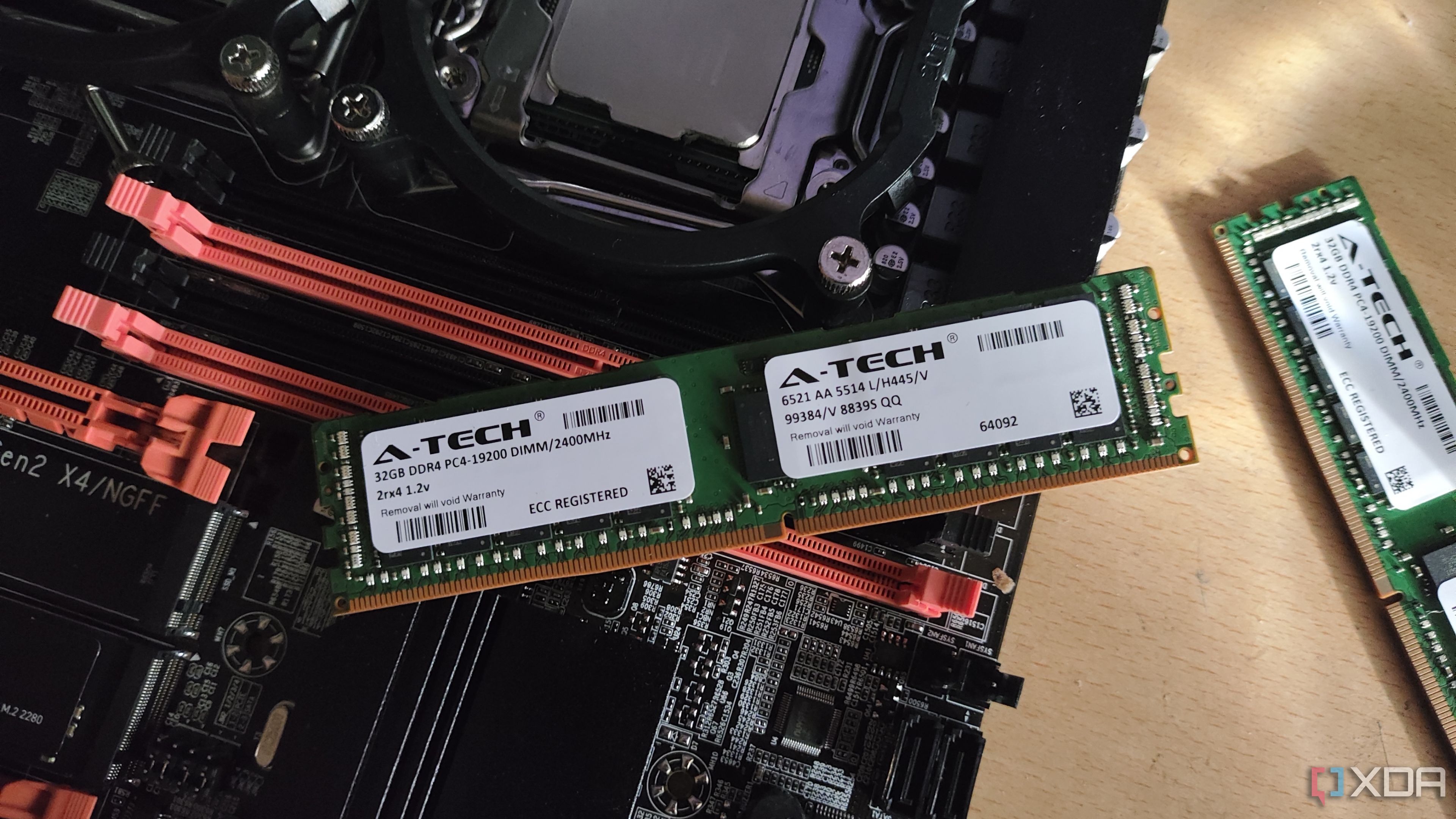
Related
4 reasons you need more RAM in your NAS
The more the merrier for everything, including system memory.
2 Configured NVMe caching
Improve HDD performance
NVMe caching is awesome, but it's not recommended for every NAS. Should you have an available M.2 2280 slot inside your NAS enclosure, there's a good chance you have this feature available. NVMe caching uses a super-fast SSD drive as a type of temporary data storage, much like RAM. After installing a much system memory as possible, NVMe caching would be my next recommended upgrade. I've carried this out on a few systems and found different results.
How much of a difference NVMe caching can make depends on what you use the NAS for. It's only good for frequent file loads since the cache needs to be fleshed out with data before it can take over from accessing the primary storage. Once you've loaded a few files, they'll be loaded into the cache and made available with lower latency. But then you're limited by the connection between the NAS and your home network, which leads us to...
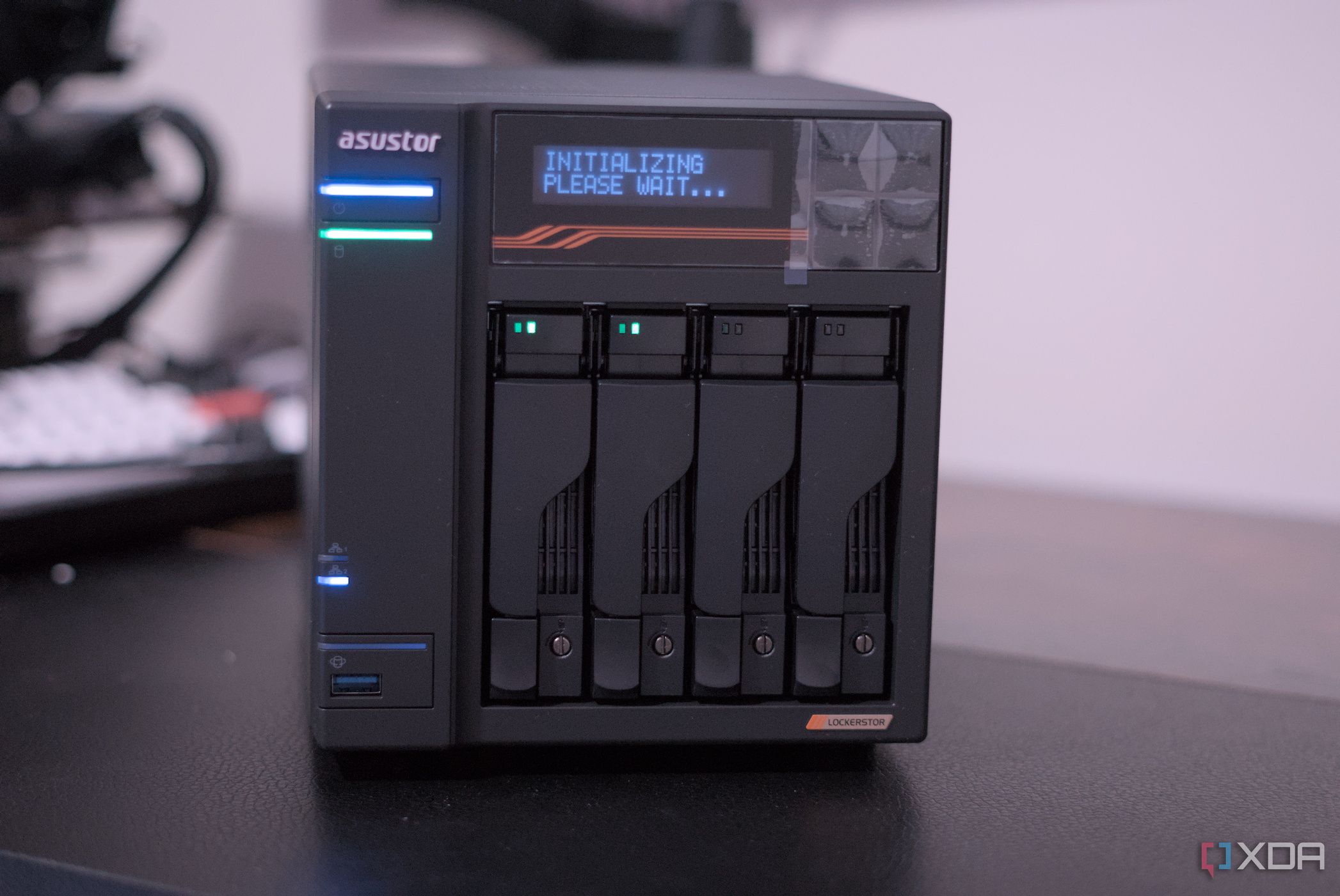
Related
I installed SSD caching inside my NAS, but here's why you probably shouldn't
SSD caching is great ... if you truly require it. Here's why your NAS may be better off without caching.
1 Used link aggregation
Increase available bandwidth
Link aggregation is the joining of two links between a single device and a network switch. Using just one cable between the NAS and your LAN can be problematic, as it could become a bottleneck under heavy loads and be a single point of failure. Link aggregation addresses this by using two (or more) cables, essentially doubling the data highway, offering significantly better throughput for multiple clients.
Grouping multiple physical connections into a single virtual link creates a Link Aggregation Group (LAG). Aside from providing additional network-side redundancy, the LAG can offer advanced features like automatic failover and dynamic link management, which automatically adds or removes links as needed. This all depends on the NAS and your network equipment. It's something I always use on my network, ensuring everything can remain live even should a link drop.
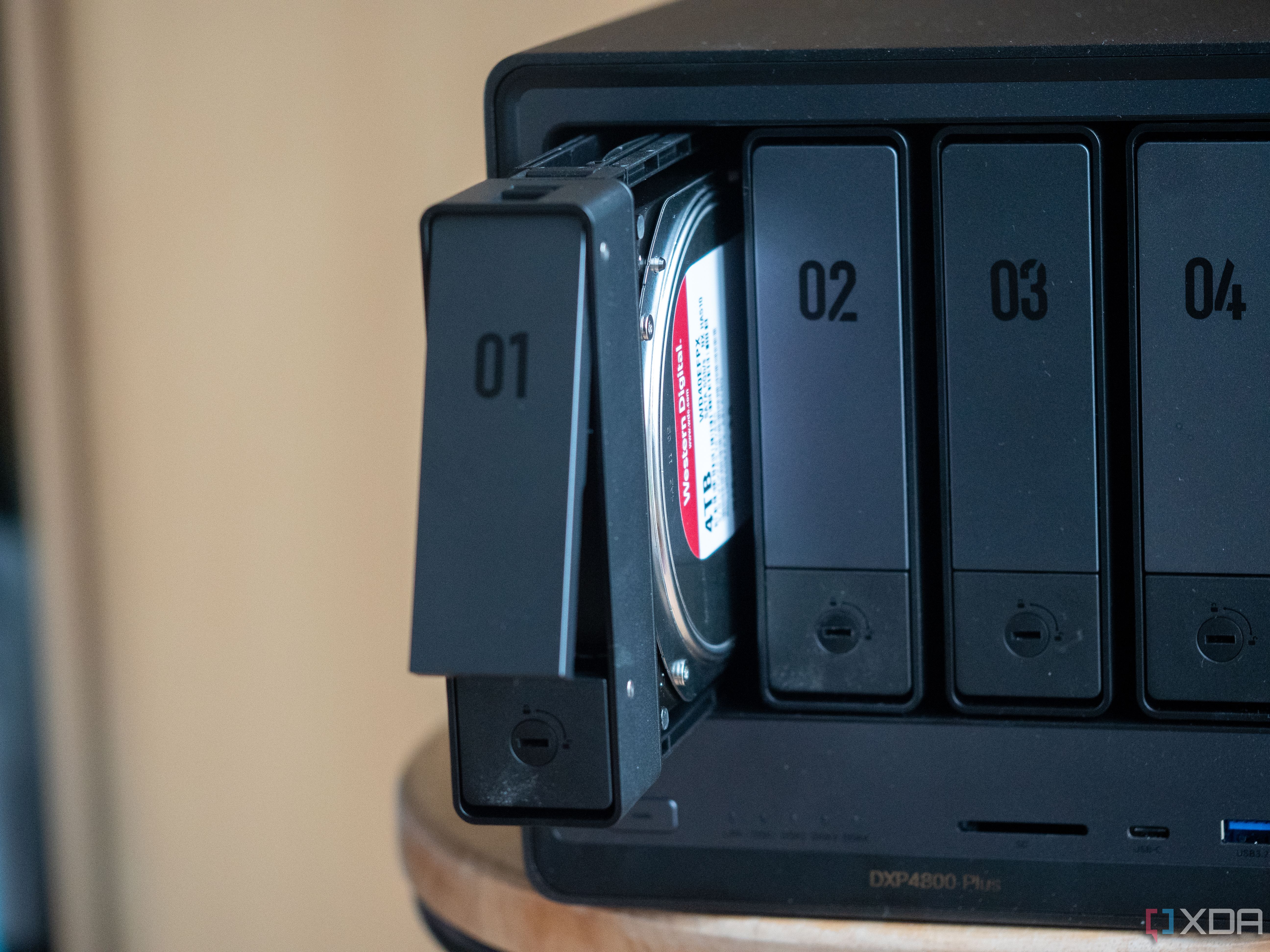
Related
6 reasons link aggregation is worth setting up for your NAS
If you're on the fence about setting up link aggregation on your NAS, these reasons might convince you to try it.
Out of options? Time for an upgrade.
If you can't carry out some or any of these recommendations, it may be time for you to retire your old NAS enclosure and purchase a replacement. The best part about these devices is their versatility, allowing you to repurpose the old system for something else, freeing up resources on your new NAS. It's also great as a test bed for any major changes you wish to make before applying it to the live environment, or to better adhere to the 3-2-1 backup rule.
.png)
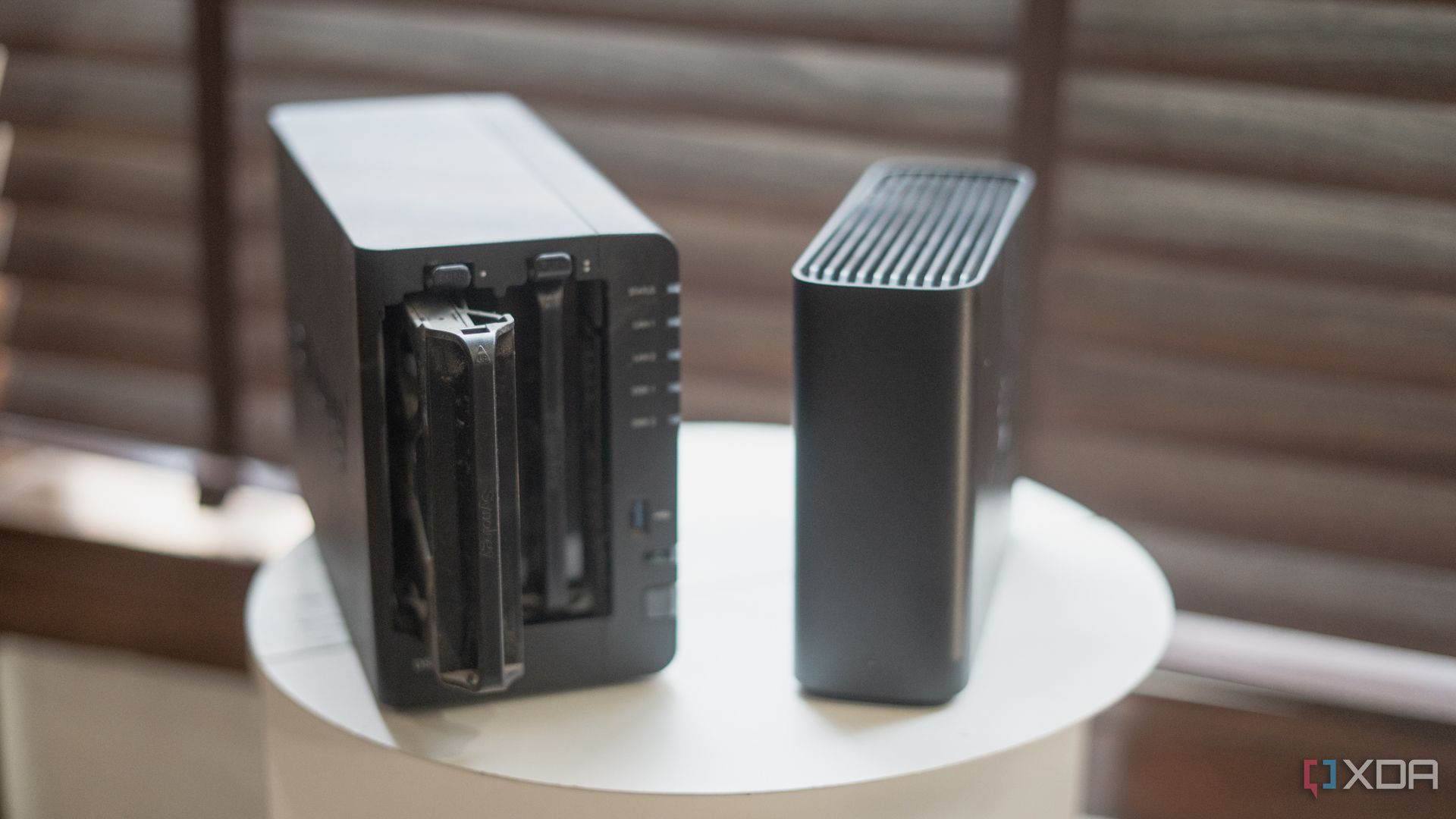




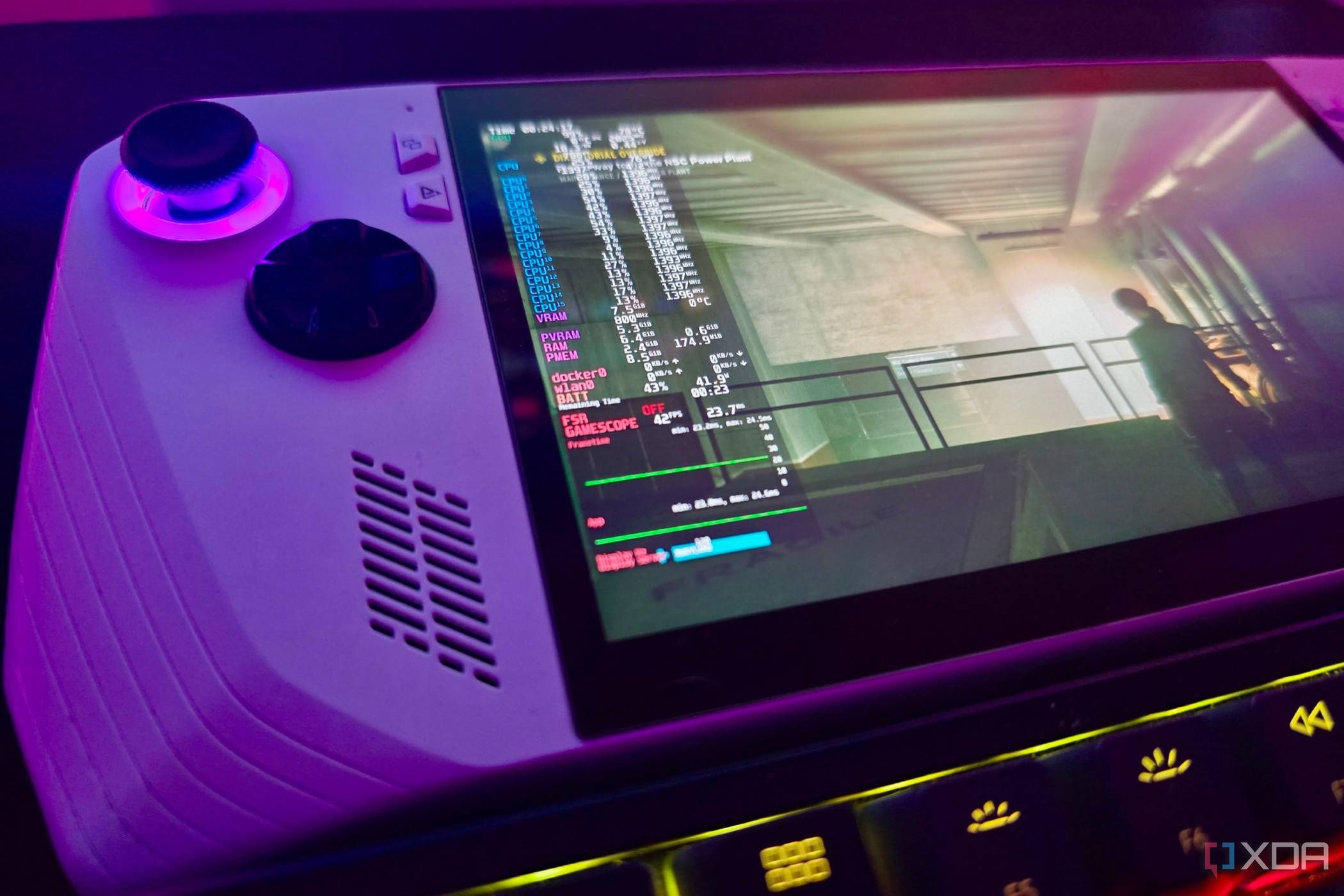






 English (US) ·
English (US) ·